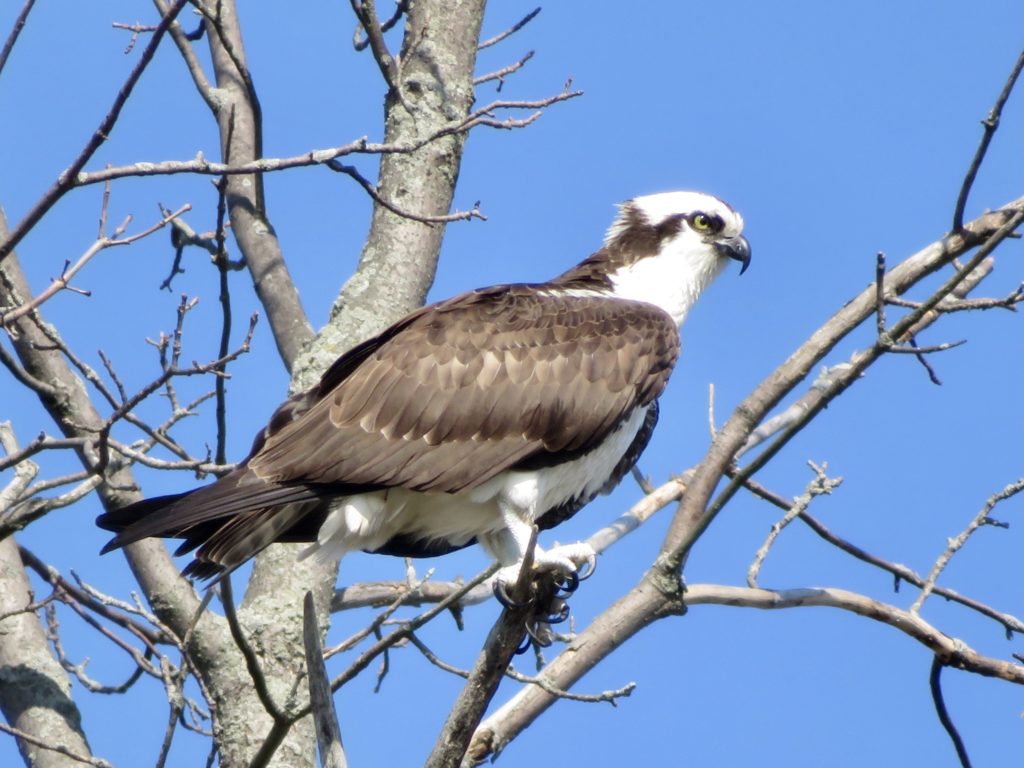
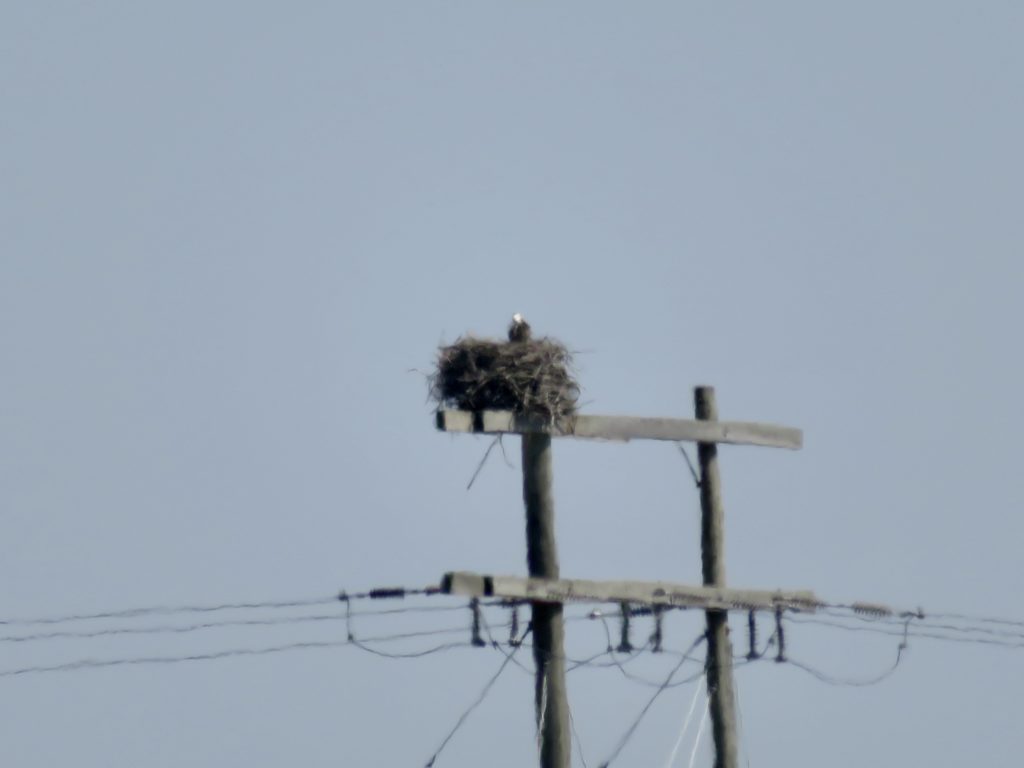
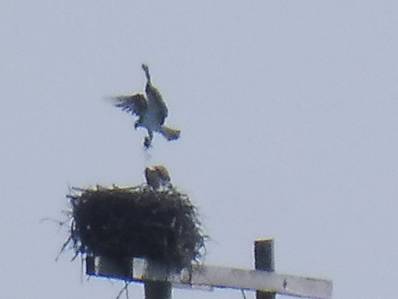
That’s right: one sixth of migration watching for small birds is done (April 1-10; 11-20; 21-30; May 1-10; 11-20; 21-31). We’ve been banding out of three sites: Ben Oldfield’s site in Lowville, the Farm site east of Cayuga, and Fern Hill School in Oakville. At none of the sites are we going hard core (nets up before sunrise and run for 6 hours, daily coverage). There’s only so much trained personpower to go around and we want to see what these sites can offer. So far the results have been what you might expect for April….except for the Fern Hill School site. I had an unbelievable 3 days there this week (and my fingers will attest to it)….see below.
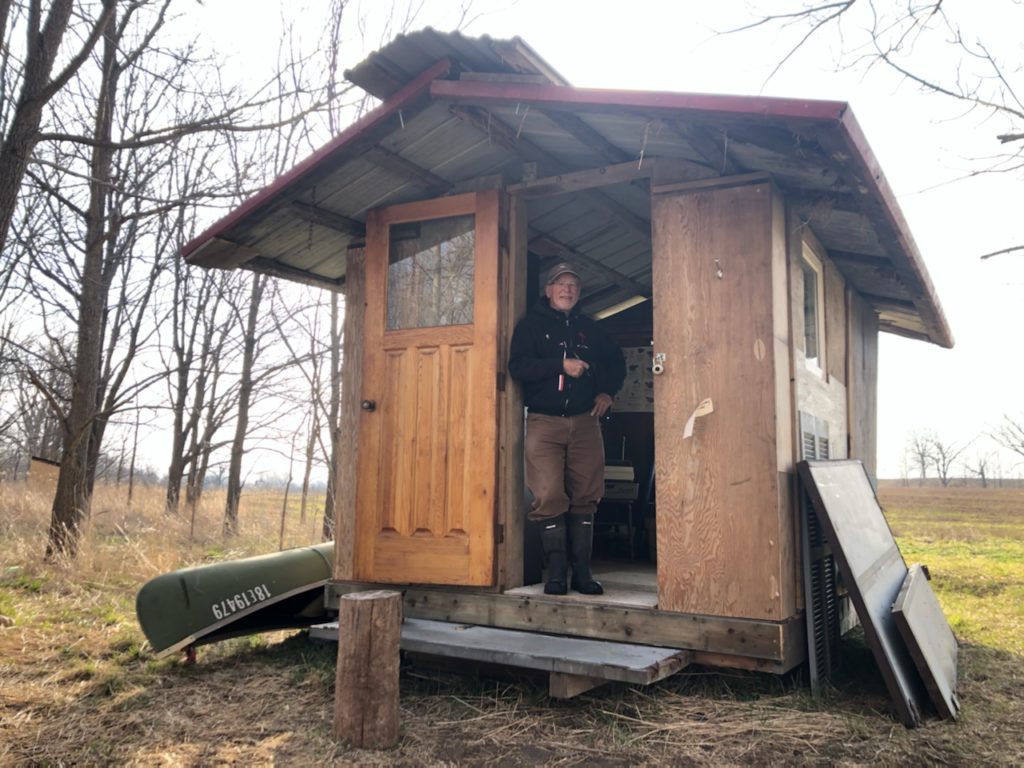
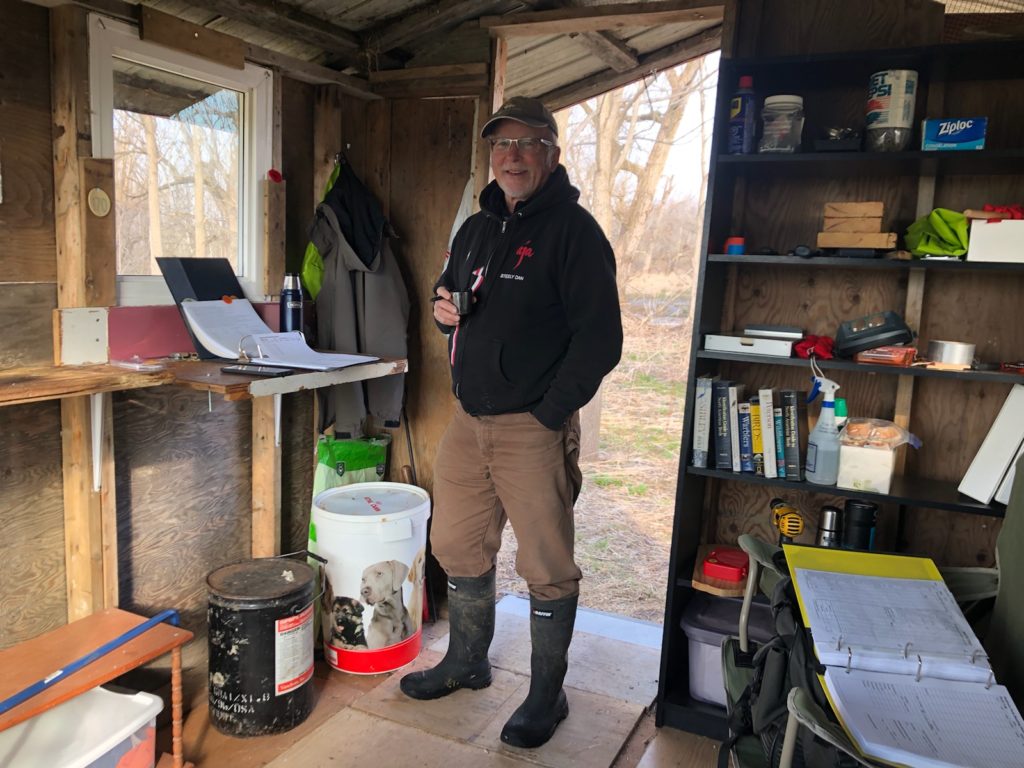
The Hurkmans Farm site outside of Cayuga is brand new to me/us. It’s situated next to a large pond and extensive wetland next to the Grand River. I don’t know really what we will get here or what the numbers will be like but already there’s some interesting developments. Of the 3 sites it produced the fewest number of birds banded – 67. But the greatest species diversity – 17. Some of the nice surprises are: a bevy of Tree Swallows checking out the nest boxes we just put up; an active Osprey nest across the river; a local pair of Sandhill Cranes (that likely is nesting now); a palette of Painted Turtles in the pond. It will be interesting to see how the Spring migration unfolds at this site.
Banded 67 (April 1-10):
2 Red-bellied Woodpeckers
6 Downy Woodpeckers
2 Eastern Phoebes
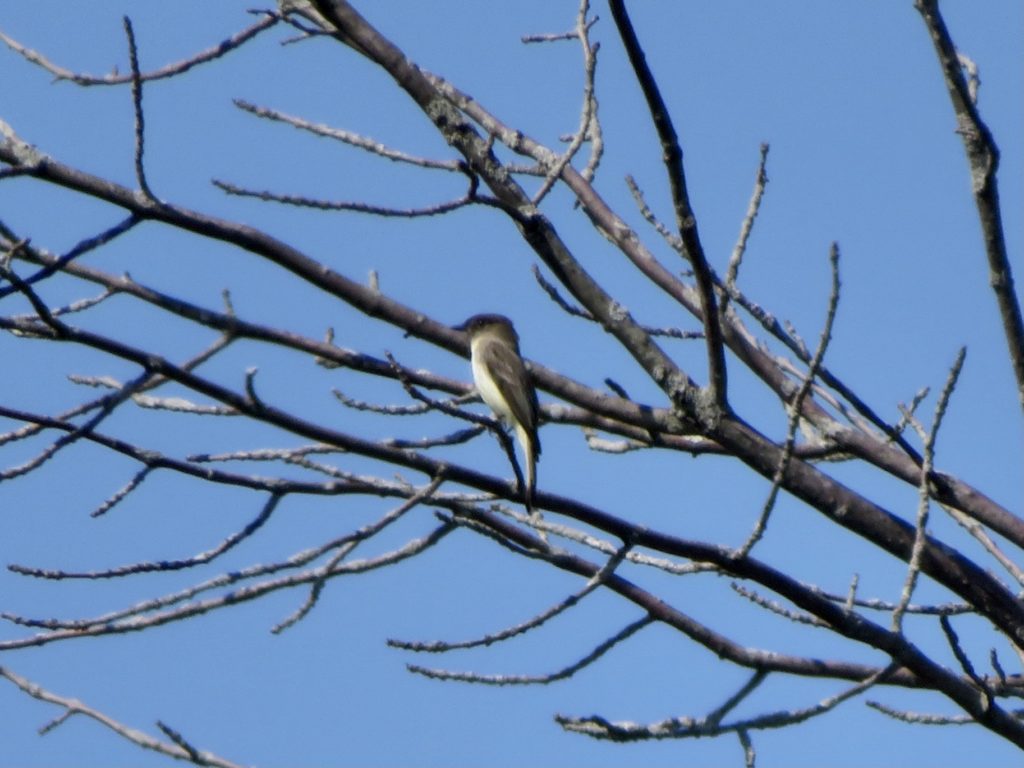
1 Blue Jay
8 Black-capped Chickadees
3 White-breasted Nuthatches
3 Brown Creepers
3 Golden-crowned Kinglets
4 American Robins
1 European Starling
15 American Tree Sparrows
10 Song Sparrows
1 Swamp Sparrow
1 Dark-eyed Junco
4 Red-winged Blackbirds
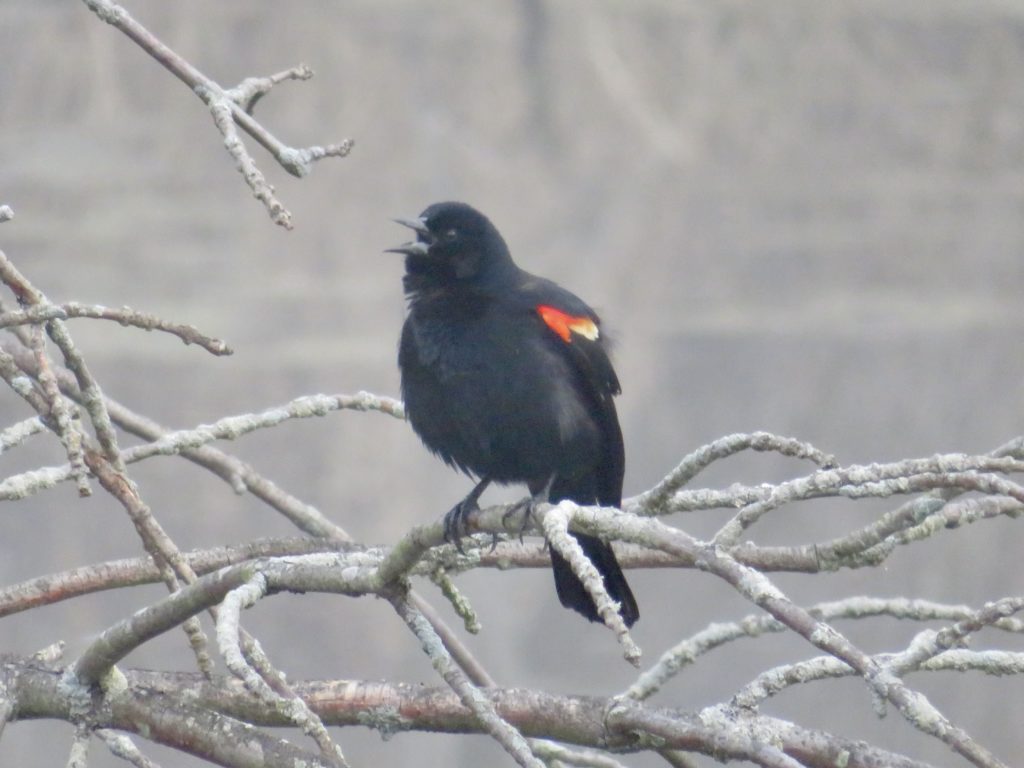
2 Brown-headed Cowbirds
1 American Goldfinch
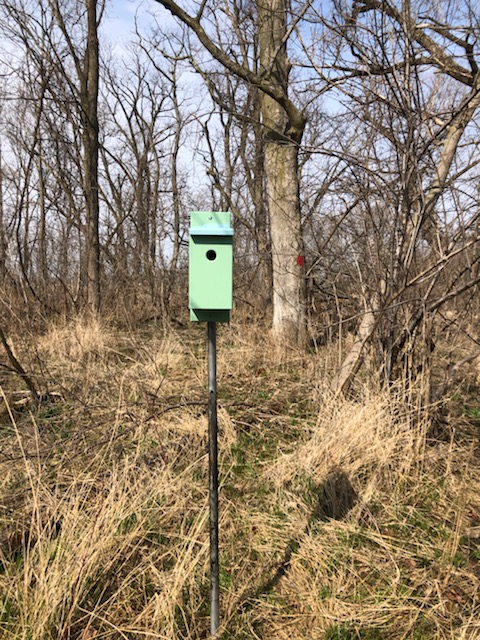
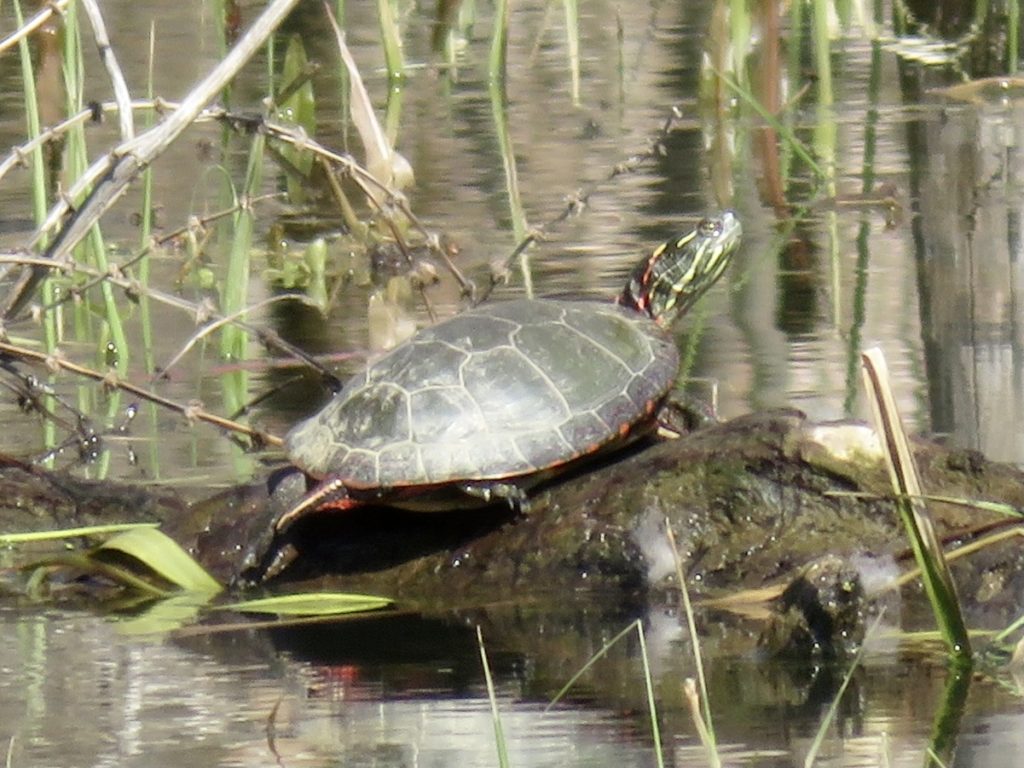
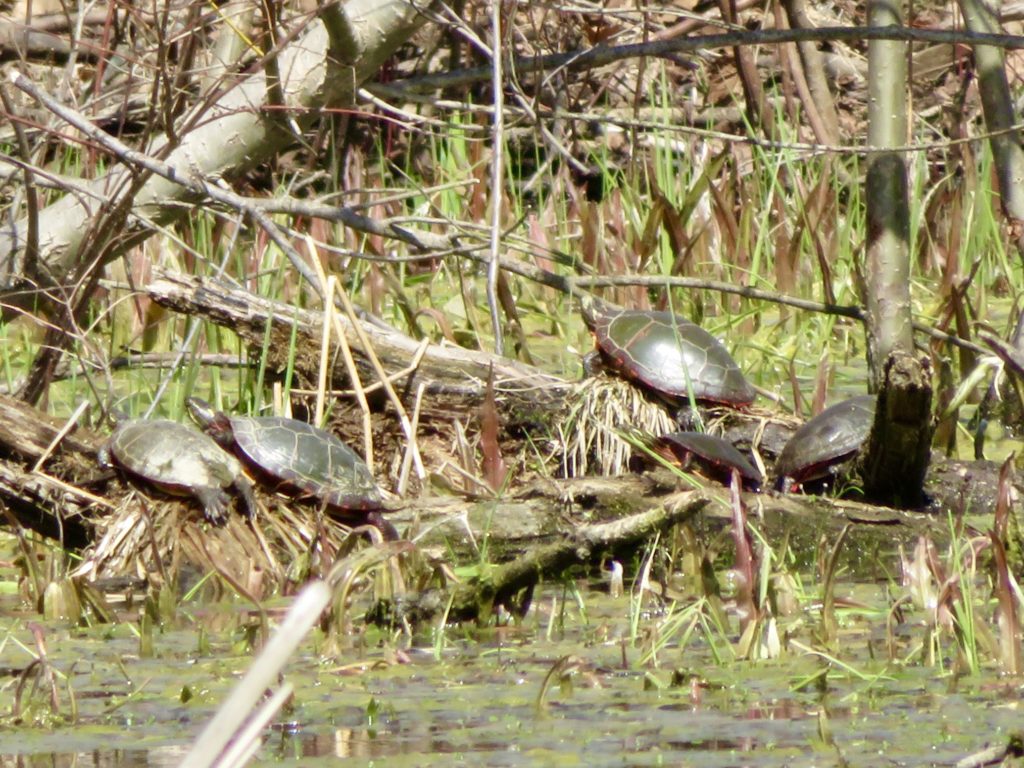
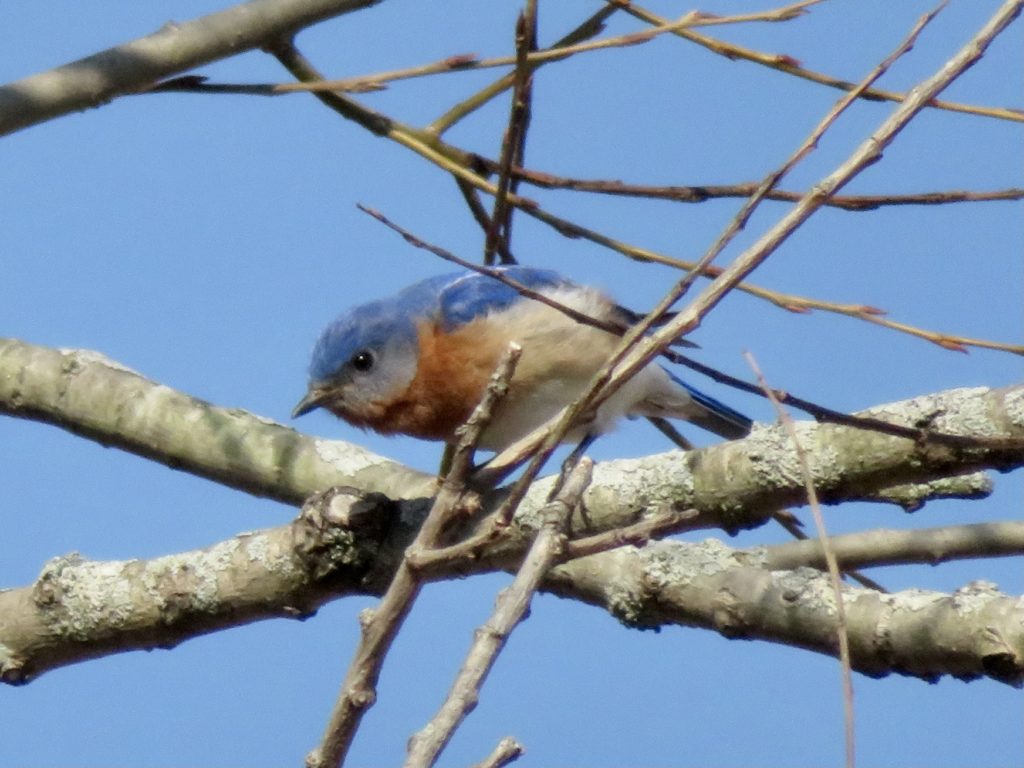
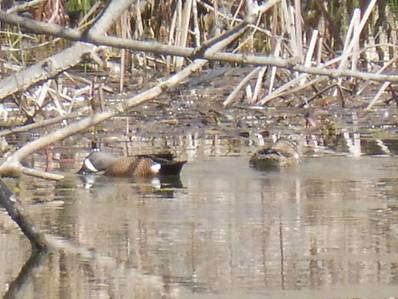
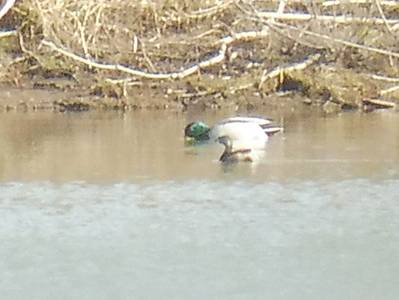
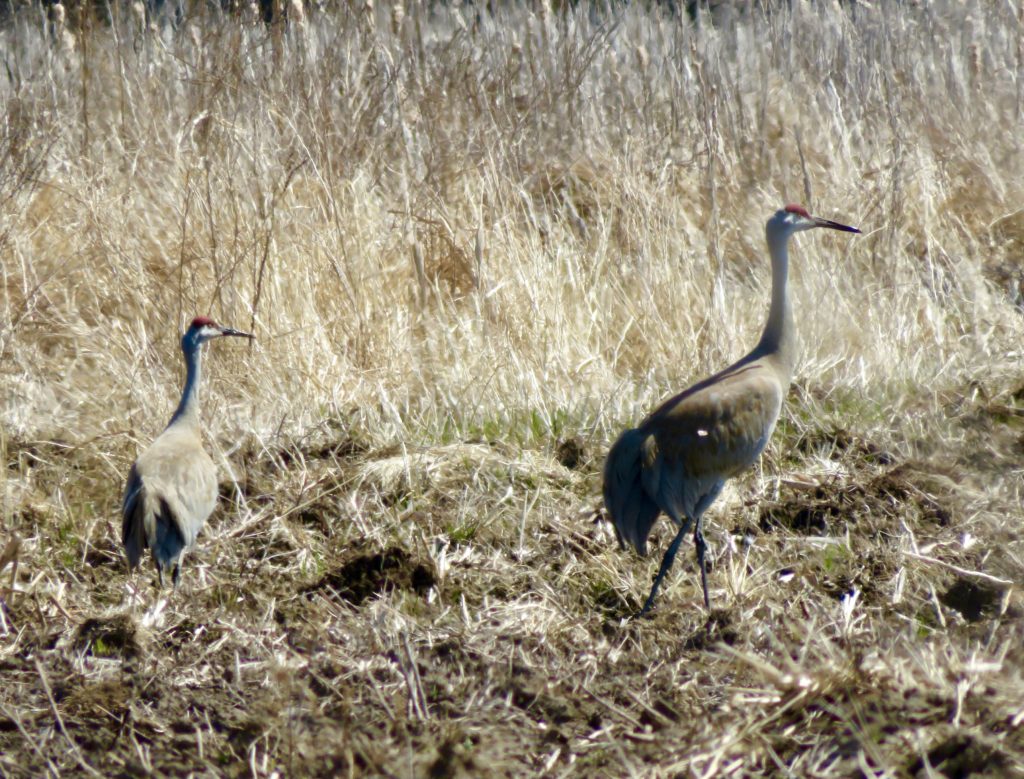
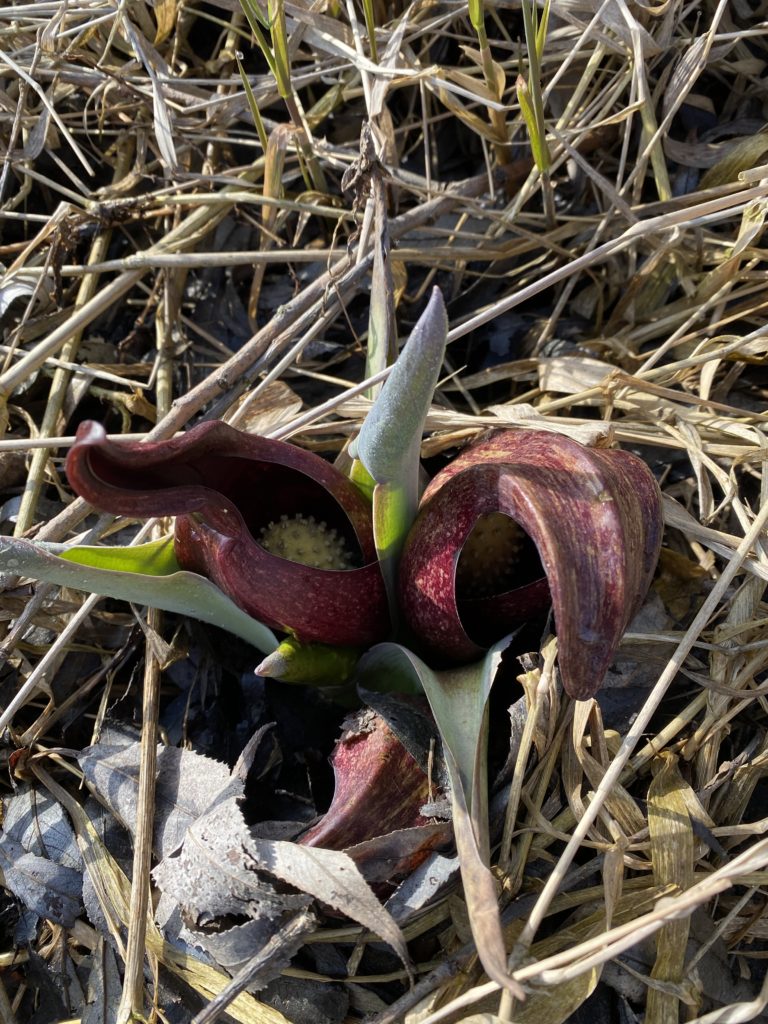
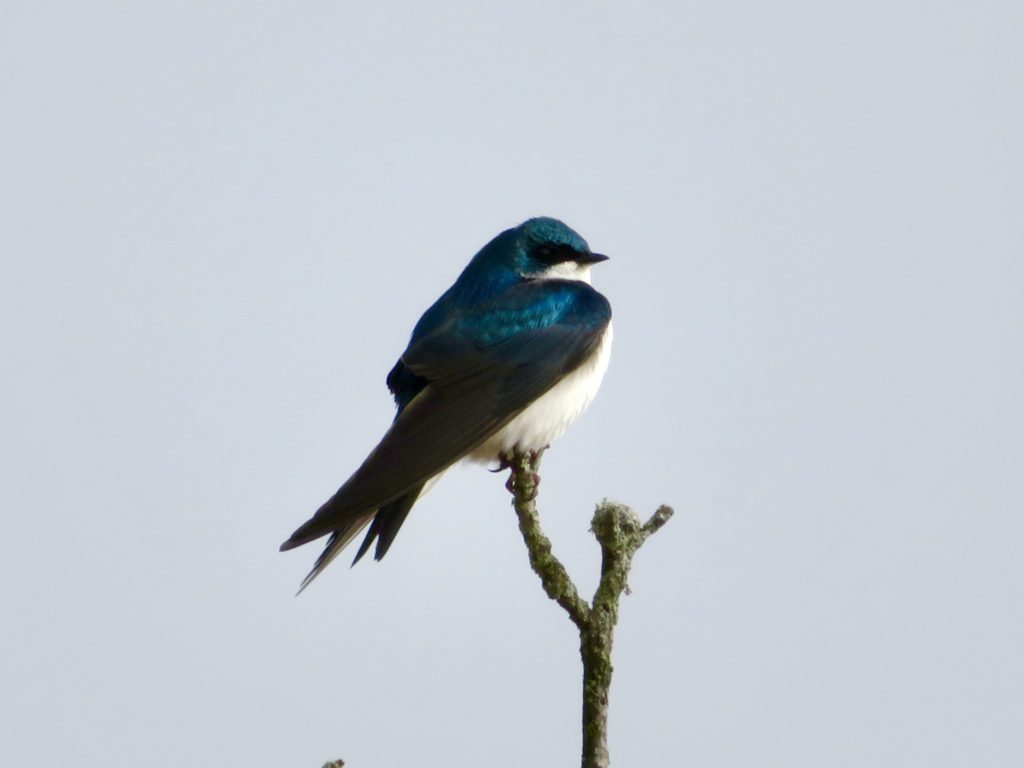
Ben’s Lowville site has shown itself to be an excellent place to band birds. He gets good numbers and interesting diversity. This past Fall season was exceptional and he’s hoping for the same this Spring. Lowville 2nd in both number banded (82) and species (15).
Banded 82:
1 Downy Woodpecker
14 Black-capped Chickadees
2 Red-breasted Nuthatches
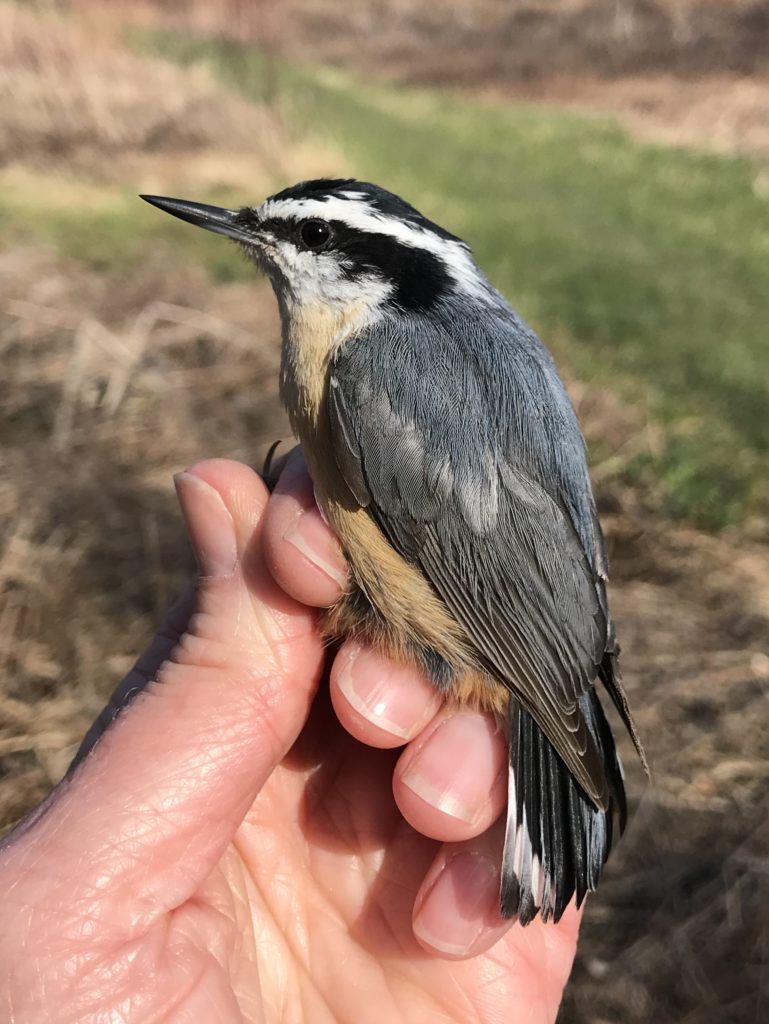
3 White-breasted Nuthatches
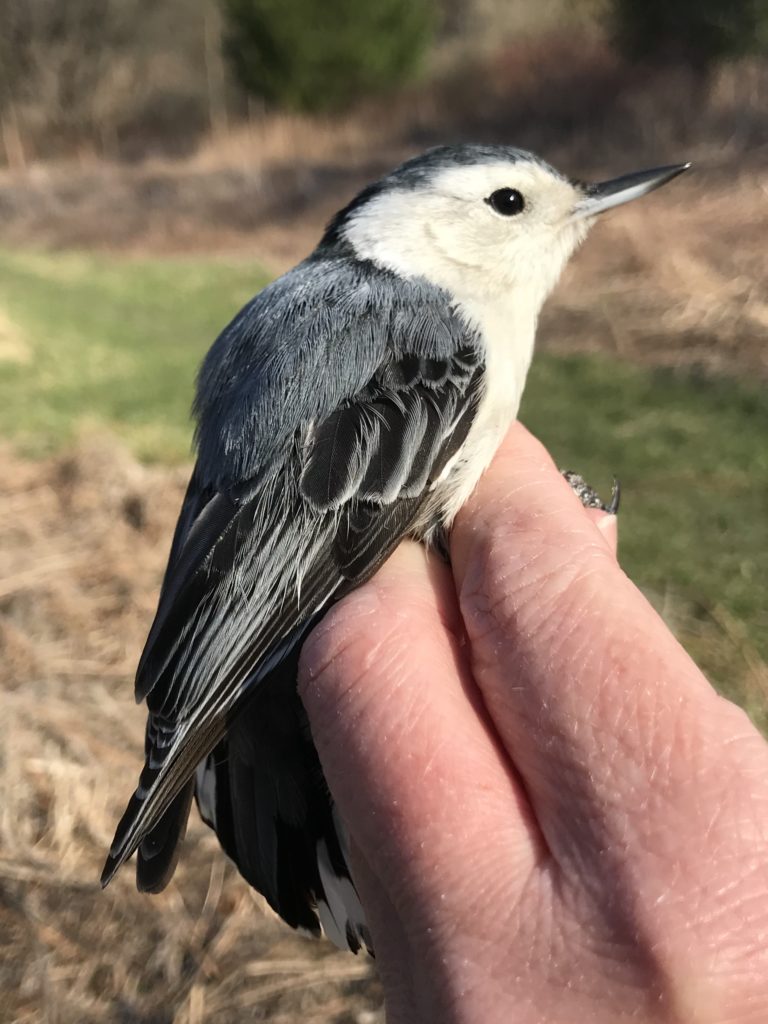
3 Golden-crowned Kinglets
4 American Robins
9 Pine Siskins
7 American Goldfinches
1 Field Sparrow
7 Song Sparrows
1 Swamp Sparrow
4 White-throated Sparrows
21 Dark-eyed Juncos
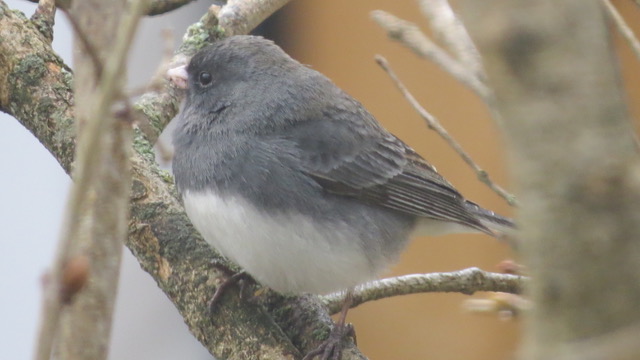
4 Northern Cardinals
Fern Hill School Oakville has been a complete surprise. It produced the least diversity (13) but by far the largest number of birds banded – 171 (over just 3 days)! This total was driven by Black-capped Chickadees – we banded 110 (33, 43, 34)! These birds were obviously migrants – they all were carrying good fat loads. Local chickadees that are residents and that we were recapturing at the same time were showing NO fat deposition. Interestingly the birds were quiet. If you went by ear alone you would have concluded that there were just a few around (and these were probably local birds letting everybody know they had territories) but they were streaming through the canopy, moving along the hedge-tree line that separates the campus from the cemetery next door until they could jump across a gap of 50 meters to a forest where they enjoyed feeding in the poplar catkins.
Banded 171:
2 Mourning Doves
110 Black-capped Chickadees
3 White-breasted Nuthatches
1 Brown Creeper
3 American Robins
1 House Finch
4 American Tree Sparrows
1 Chipping Sparrow
4 Song Sparrows
2 Dark-eyed Juncos
32 Red-winged Blackbirds
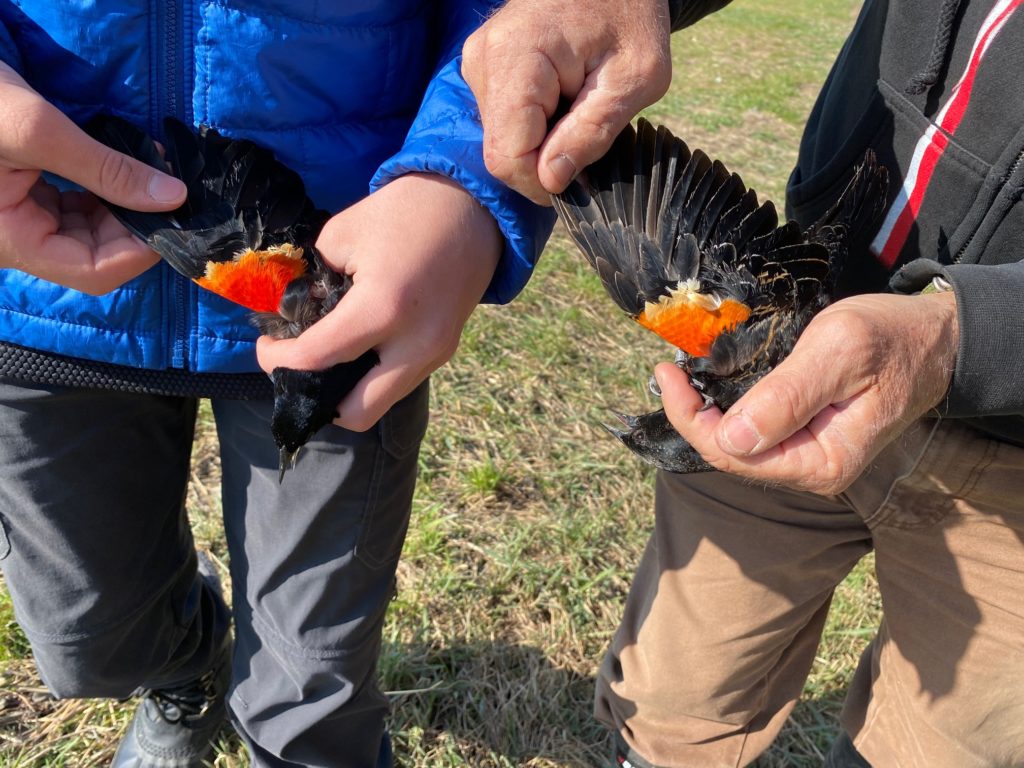
3 Common Grackles
5 Brown-headed Cowbirds
Rick
